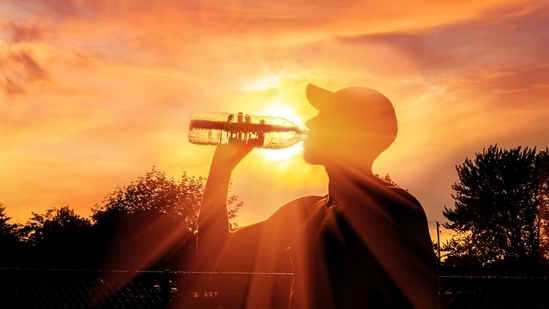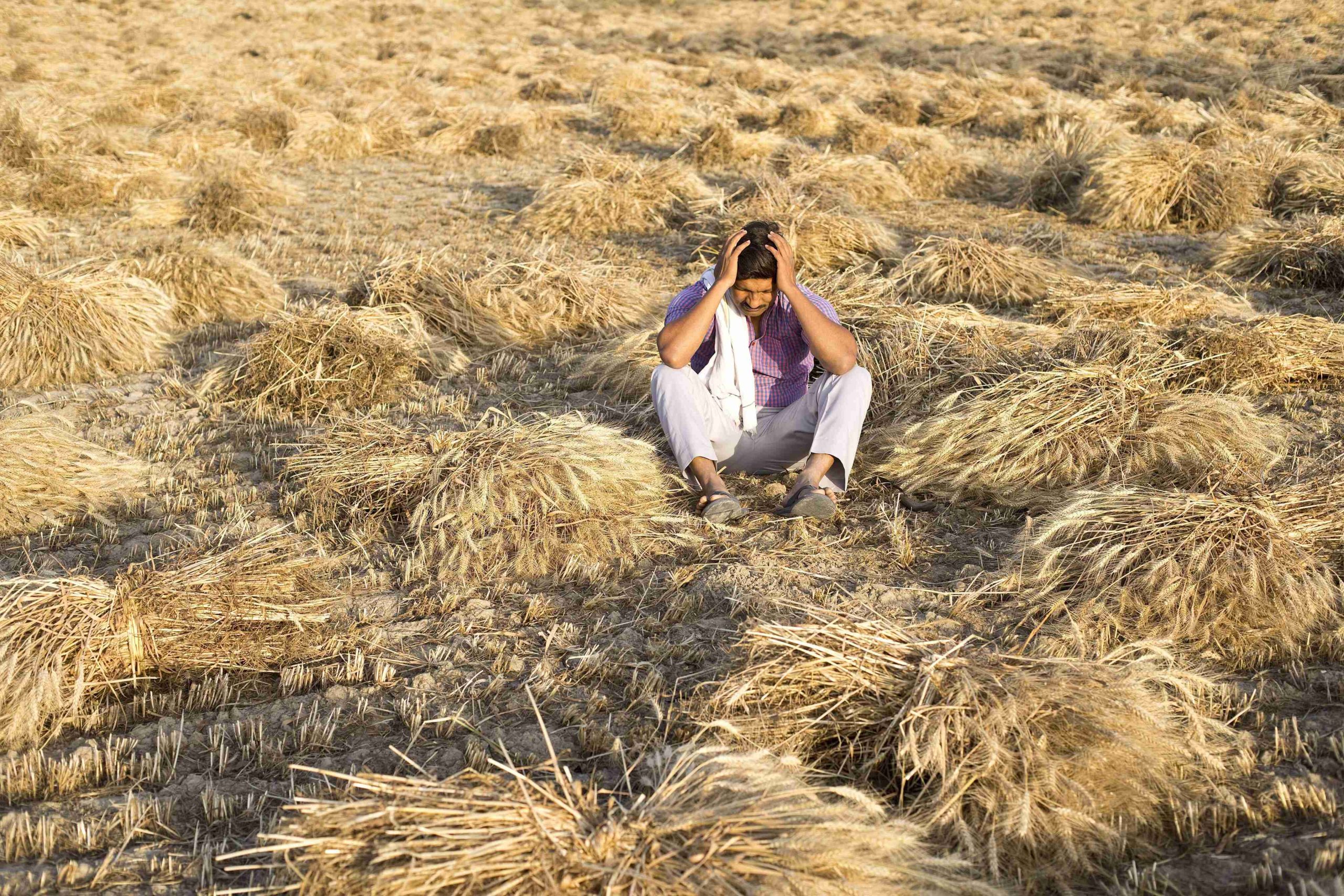- Courses
- GS Full Course 1 Year
- GS Full Course 2 Year
- GS Full Course 3 Year
- GS Full Course Till Selection
- MEP (Mains Enrichment Programme) Data, Facts
- Essay Target – 150+ Marks
- Online Program
- GS Recorded Course
- NCERT- First Ladder
- Polity
- Geography
- Economy
- Ancient, Medieval and Art & Culture AMAC
- Modern India, Post Independence & World History
- Environment
- Governance
- Science & Technology
- International Relations and Internal Security
- Disaster Management
- Ethics
- Current Affairs
- Indian Society and Social Issue
- CSAT
- 5 LAYERED ARJUNA Mentorship
- Public Administration Optional
- ABOUT US
- OUR TOPPERS
- TEST SERIES
- FREE STUDY MATERIAL
- VIDEOS
- CONTACT US
Nagaland's Hornbill Festival and the Debate on Alcohol Rules
Nagaland's Hornbill Festival and the Debate on Alcohol Rules
07-12-2024

-
The Hornbill Festival:
- The 25th edition (from 1st to 10th December) of the Hornbill Festival is taking place in Nagaland.
- However, there is a big debate about whether the 35-year-old alcohol ban should be relaxed during the festival.
- Tourism Minister Temjen Imna Along has announced that the government will allow Indian-made foreign liquor (IMFL) to be sold at the festival, which is held at the Kisama Heritage Village.
- This decision has angered church groups in the state, who have always opposed allowing alcohol during the festival.
-
Church's Opposition:
- The Nagaland Baptist Church Council (NBCC), the largest Christian group in Nagaland, strongly disagrees with relaxing the alcohol rules. They believe that tourists come to Nagaland to experience its culture and traditions, not to drink alcohol.
-
The Liquor Prohibition Law:
- Nagaland has had a total alcohol ban since 1989, called the Nagaland Liquor Total Prohibition (NLTP) Act. This law has the support of both the Church and the Naga Mothers' Association (NMA).
- The Church has long seen alcohol use as sinful, a belief brought to the region by American Baptist missionaries in the late 1800s. These missionaries taught that drinking alcohol was wrong, and those who drank could be kicked out of the community.
Nagaland Liquor Total Prohibition (NLTP) Act 1989:
- The NLTP Act is a strict law that bans the production, sale, and consumption of alcohol in Nagaland.
- Complete Ban: All types of alcohol are banned, including beer, wine, spirits, and even traditional rice beer (Thutse).
- Exceptions: Alcohol can be allowed for medical or scientific purposes, and special licenses can be given to non-local tourists for events like the Hornbill Festival.
- Support: The law has strong support from Christian church bodies in Nagaland, who believe that alcohol consumption harms the community.
The Hornbill Festival and Alcohol:
- The Hornbill Festival, started in 2000, is Nagaland’s biggest public event. It showcases the culture and heritage of the Naga people and is a major attraction for tourists.
- In 2023, the festival had over 1.54 lakh visitors, including 2,100 foreign tourists.
- Alcohol has been a controversial topic at the festival. While it is generally not allowed, rice beer, a traditional Naga drink, has sometimes been served during the event. This has caused a conflict between the Church and the festival organizers.
Arguments for Relaxing the Ban:
- Tourism Minister Temjen Imna Along believes that relaxing the alcohol rules will help boost tourism and make the festival more welcoming to visitors. He argues that allowing alcohol, including IMFL, would attract more tourists to the state.
- Some people feel that relaxing the rules will make Nagaland a more tourist-friendly place, especially since alcohol is a part of social life in many Naga communities.
Why the Government is Considering Changing the Law:
- The government of Nagaland has started to discuss whether the alcohol ban should be changed or even repealed. This discussion began in August during a state assembly session.
- Moatoshi Longkumer, the government's excise advisor, pointed out several issues:
- Alcohol smuggling from neighboring Assam continues despite the ban.
- There is a growing problem with illegal alcohol (bootlegging) and fake alcohol (spurious alcohol).
- The government is concerned about a rise in drug use, as people look for alternatives to alcohol.
- Economic concerns: The government is losing tax revenue because of the alcohol ban. Some officials feel that it would be better to regulate alcohol use rather than ban it completely.
Church’s Stand:
- The Church continues to oppose relaxing the alcohol ban. They argue that the moral and cultural reasons for the alcohol ban should not be ignored.
- Church leaders are worried that allowing alcohol at the festival could change Naga cultural identity and bring negative influences into the community.
Background on the Prohibition Law:
- Historical Context: In the late 1800s, American Baptist missionaries introduced strict rules against alcohol use in Nagaland. Before their arrival, the Naga people had a long tradition of brewing and drinking rice beer for social and cultural purposes. But with the arrival of missionaries, alcohol was seen as wrong, and people could be excommunicated if they drank.
- Today’s Situation: About 87% of Nagaland’s population is Christian, with most being Baptists. Despite the alcohol ban, brewing and drinking rice beer still continues in private and during events like the Hornbill Festival.
Why the Law Might Change:
- The government has started to question whether the NLTP Act is still effective. Moatoshi Longkumer said that the law has not succeeded in stopping alcohol-related problems, and it has led to other issues like smuggling and the sale of illegal alcohol.
- Some officials also feel that the loss of tax revenue from alcohol sales is a big problem. They believe that regulating alcohol would be a better solution than banning it.
What Could Happen Next:
- The government may decide to relax or repeal the alcohol ban, but it will need to balance the cultural and religious beliefs of the Church with public health and economic concerns.
- If the government does relax the ban, it could change how alcohol is handled during festivals like the Hornbill Festival in the future.
About Hornbill Festival
About the Great Indian Hornbill:
|
Must Check: Best IAS Coaching In Delhi
UPSC Prelims Result 2024 Out: Expected Cut Off & Other Details, UPSC Prelims 2024 Answer with Explanation, Daily Prelims Quiz, Daily Current Affairs, MONTHLY CURRENT AFFAIRS TOTAL (CAT) MAGAZINE, Best IAS Coaching Institute in Karol Bagh, Best IAS Coaching Institute in Delhi, Daily Mains Question Answer Practice, ENSURE IAS UPSC Toppers, UPSC Toppers Marksheet, Previous Year Interview Questions, UPSC Syllabus




